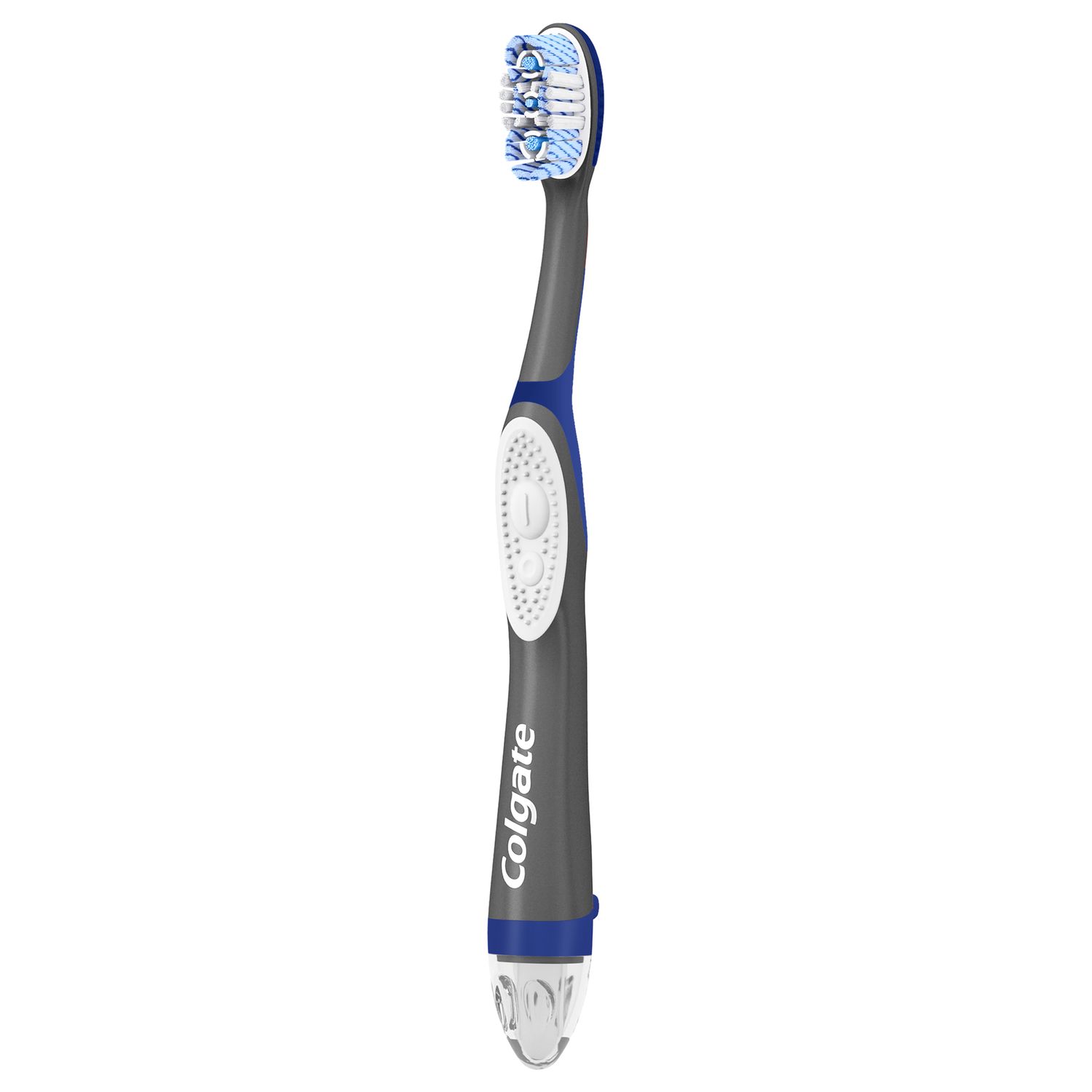What Is Asymmetric Crying Facies?
ACF is a condition affecting one side of the lower lip and only manifests itself when a newborn cries. This means that, at rest, the child's face appears symmetrical, but when they cry, one side of the face appears to move downward, as the Medicine report explains.
This condition is often related to weakness in the muscles that control the downward movement of the lower lip, primarily the depressor labii inferioris. Interestingly, it affects the left side 80% of the time.
Causes of ACF
An article in Case Reports in Pediatrics describes two main causes of ACF:
Trauma at Birth:
In these cases, the facial nerve, which controls the muscles used for lip movement, can be unintentionally compressed or otherwise damaged during the birthing process.Developmental Facial Paralysis:
These cases are caused by genetic factors, blood vessel issues or other conditions affecting the development of the facial nerve. This can result in a "facial palsy" at birth, giving the newborn an asymmetrical appearance when crying. According to Facial Palsy UK, 10% of babies with genetic ACF will also have other developmental anomalies, most commonly involving the cardiovascular system. ACF associated with heart defects is known as Cayler syndrome.
Characteristics of ACF
The asymmetrical appearance of the child's face while crying is the most obvious symptom of ACF. Additionally, as Facial Palsy UK explains, the lips may appear thinner or turn inward on the affected side. Notably, many facial functions are left unaffected:
- The eyelids will close normally on both sides.
- The child is able to suck properly and doesn't drool.
- The depth of the creases on either side of the nose will appear normal.
- Both nostrils will dilate normally when breathing.
- The forehead will move and wrinkle as usual.
A baby may be affected by ACF even if facial muscle functions seem mostly normal. It is important for new parents to be observant and speak with a doctor about anything that seems abnormal.
Treatment
Fortunately, in the case of perinatal or congenital ACF, no treatment is needed, especially if the asymmetry resolves as the infant develops, according to Facial Palsy UK.
If a child with ACF has other developmental anomalies, their treatment will depend on the particular syndrome they have and may require the involvement of a medical team. Treatment for the facial aspect of any syndrome could involve various surgical procedures targeted at the nerves responsible for facial expression. Botox injections have also been suggested as an option to improve symmetry in facial expressions. The goal of any treatment affecting the facial muscles will always be to improve symmetry and cosmetic satisfaction.
It's important to bear in mind that ACF is a very rare condition, and those cases associated with syndromes requiring medical treatments are even more unusual. Prenatal care and genetic testing may be able to screen for predisposition to ACF, and a doctor will be able to assess the infant's condition after birth.
Oral Care Center articles are reviewed by an oral health medical professional. This information is for educational purposes only. This content is not intended to be a substitute for professional medical advice, diagnosis or treatment. Always seek the advice of your dentist, physician or other qualified healthcare provider.
ORAL HEALTH QUIZ
What's behind your smile?
Take our Oral Health assessment to get the most from your oral care routine
ORAL HEALTH QUIZ
What's behind your smile?
Take our Oral Health assessment to get the most from your oral care routine















